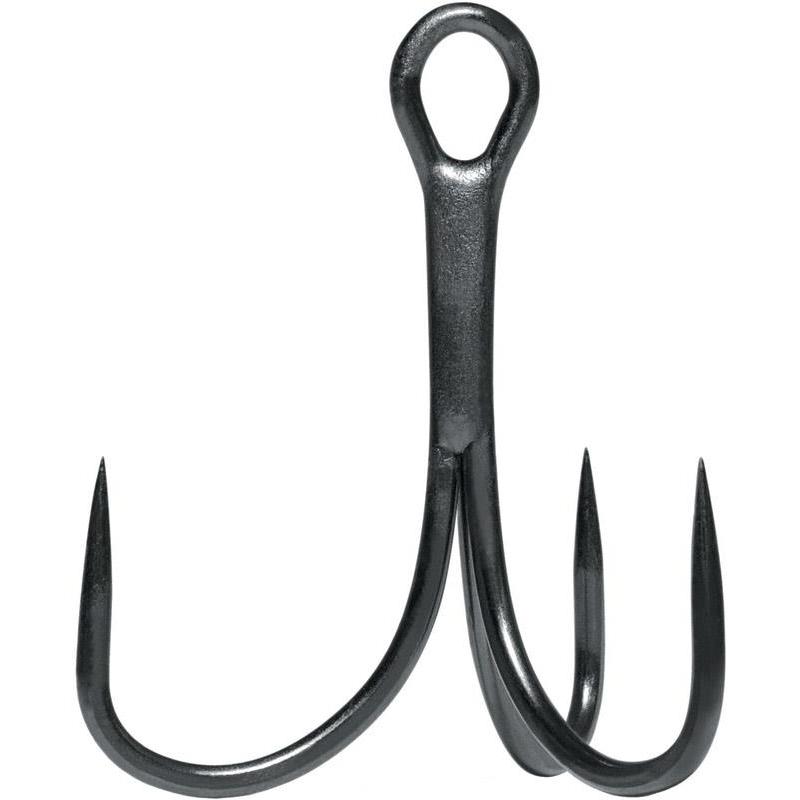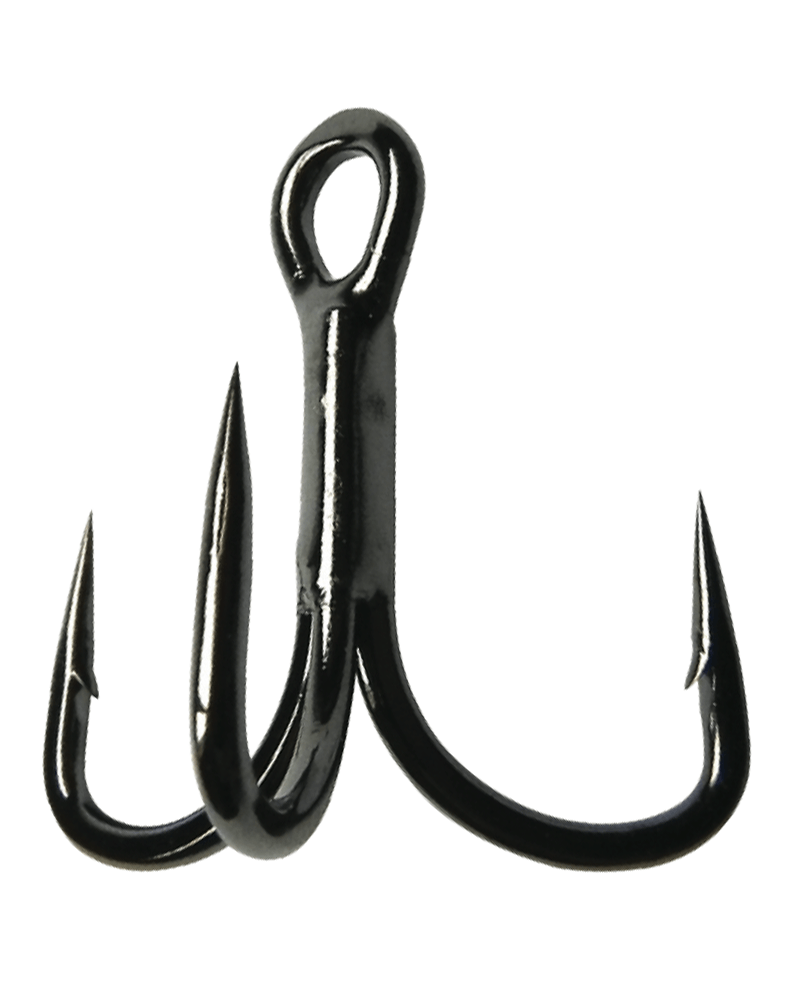
The majority of the time the inline hook itself will then be sitting horizontally across the mouth of the fish – which is not ideal. We found that striking to the side will see the inline hook have to turn to a degree before it makes enough contact to set a positive hook hold. However, due to the added articulation and movement when implementing inline single hooks – thanks to the oversized hook eye and the lure’s split ring. In most cases, when using treble hooks you can strike to the side or even directly upwards when setting the hooks and your hook up ratio is never really affected. If anything we did find that our striking had to be slightly altered.

However, when fishing inline single hooks, we never found that our hook up ratio greatly dropped. So you automatically think the law of averages is greatly in your favour as one of those 6 hook points are surely going to stick! When using treble hooks, you have the added advantage of 6 hook points. Probably the biggest concern most anglers have when considering the switch to single hooks is the hook up ratio. Working one hook point out of a snag is far easier than trying to work 2 or even 3 hook points out of a snag. However, inline singles seem to reduce the amount of leaf snagging drastically.Īlso, fishing for saltwater species such as bass or wrasse, we found the singles did outperform trebles through dense kelp or rough ground features and if a lure does become snagged, we found that you have more chance of recovering a snagged lure. From past experience, fishing treble hooks in these conditions became very frustrating as the treble seems to catch every leaf that floats down the river. With various testing of inline single hooks, we found them very advantageous whilst fishing for salmon during the late Autumnal runs when leaves were a plenty in the river. With the hook point of the tail hook facing upwards, it only leaves one hook point exposed to snagging, the belly hook. However, using inline single hooks will reduce that significantly.

We all run the risk of snagging the bottom whilst fishing with lures. This could be disadvantageous if you’re fishing for wary fish or even fishing in calm conditions where a more subtle fishing approach is required. This can increase the amount of noise that a lure can produce when worked. Treble hooks tend to come into contact with the flanks of a lure. This goes hand in hand with our previous point. This can also result in the body of the lure becoming worn over time too. This will see the hook point make contact with the flank of the lure quite often when being worked. Treble hook points on the other hand, can become dulled as the treble hook can move erratically with a lure. So when the lure is working, the hook points do not interfere with the flank of the lure. Unlike treble hooks, the inline single hook point is facing out away from the lure. This is ideal when targeting softer mouthed species such as trout, salmon etc. Providing better penetration and a more solid hook hold. When hooking into a fish with a single hook configuration, all the pressure from the strike is exerted into one hook point. Single hooks have a few advantages over treble hooks, let’s have a look at some of these below:

So what are the advantages of using inline single hooks?Īpart from being sticky, sharp and very strong. There is also another reason why there is such a wide gape, however, we will touch on this later in the article. This eyelet is designed to accommodate split rings and eliminates the tight tolerances between the split ring and hook which may result in poor hook presentation as well as lure imbalancement.Īs you can see from the picture above, inline hooks have an increased gape (the gap between the hook point and hook shank) designed for increasing hook-up ratio and hook holds. They come with an oversized eyelet for increased articulation and movement. Inline single hooks are specifically designed to replace treble hooks on lures. Then you will require an inline single hook like the one shown in the image below.

If you’re looking to replace the treble hooks on your hard lures such as crankbaits, spoons etc. What kind of single hooks should I be using?
#Treble hook how to
In this article, we will look at the advantages inline single hooks have over treble hooks how to fish inline single hooks effectively and how to choose the correct size of inline to replace those trebles. Replacing treble hooks with inline single hooks is a growing trend that we are seeing across the lure fishing fraternity. As anglers look for a more conservative approach to eliminate and reduce fish handling and damage whilst lure fishing for various salmonid species.


 0 kommentar(er)
0 kommentar(er)
